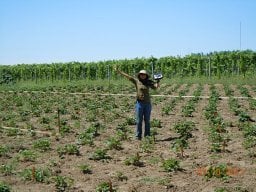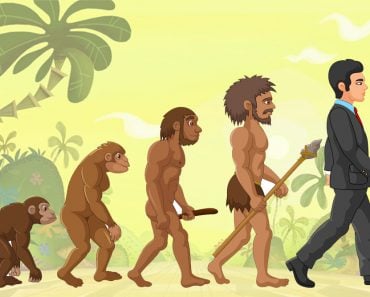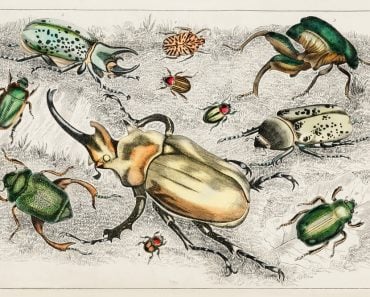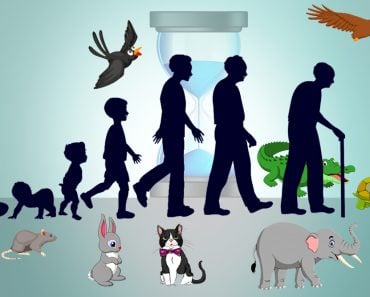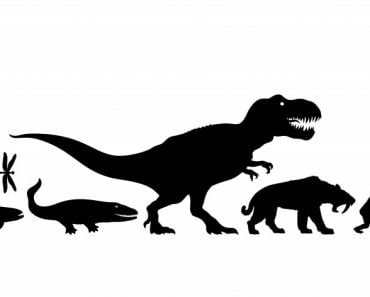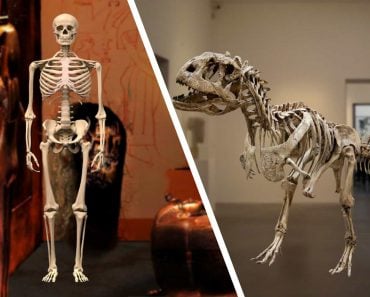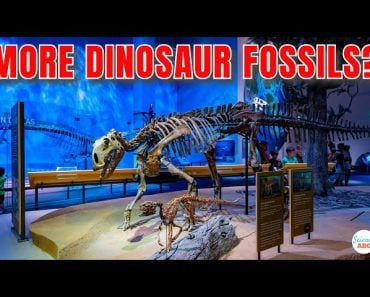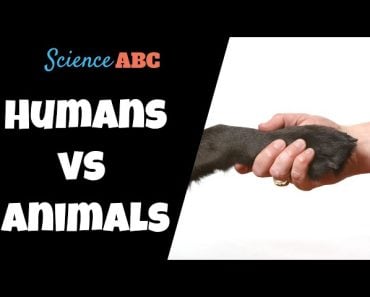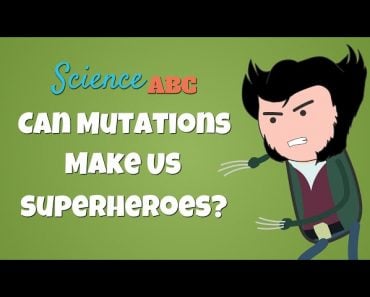Table of Contents (click to expand)
- Two Types Of Evolution
- Reproductive Cycles Determine Evolutionary Speed
- New Species Can Sometimes Evolve In A Few Years
- Adaptive Evolution Can Occur Over A Relatively Short Period Of Time
- Conclusion
Evolution can happen on two fronts: fast and adaptive evolution happens in shorter time frames, from a few thousand years to even just a few decades, while macroevolution leading to the formation of different species often happens over longer time spans, usually a few hundred thousand to millions of years. There are also cases of new species forming in the span of only a few years, such as the case of finches on the Galapagos Islands.
The Earth has existed for roughly 4.5 billion years. During this time, numerous organisms from ancient fish and modern humans to bacteria and dinosaurs have evolved, thrived, and sometimes gone extinct.
Humans as we know them have existed for only a few hundred thousand years—a tiny fraction of our planet’s history. The evolution of organisms is believed to happen on the geological time scale of millions of years, yet we can observe organisms around us evolving into modified forms during our short human history. How is it possible that it took millions of years for plants and animals to evolve, but we can witness new bird species evolving within a few decades and new bacterial strains evolving within weeks?
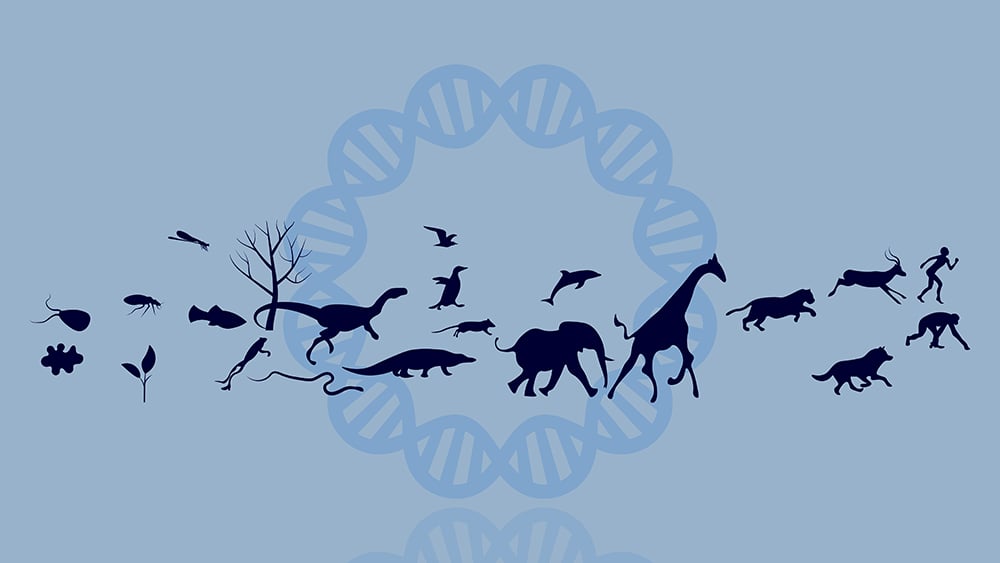
Recommended Video for you:
Two Types Of Evolution
Biologists have proposed that there are two types of evolution: adaptive evolution occurs within short time periods, whereas macroevolution occurs over millions of years. This means that rapid changes in populations may not always bring about a lasting change in the species. Lasting change takes millions of years to establish.
Scientists explain this with the example of humans. Today, humans are a few inches taller than we were 200 years ago, but that doesn’t mean we will continue to grow taller every year and end up being a few feet taller on average after thousands of years. We may or may not continue to grow taller, and we may begin to grow shorter.
Another example comes from horses. When horses separated by a few generations were compared, many small changes in their bones were observed. When horses separated by a few million years were compared, there were actually fewer changes.

Rapid evolution can happen over a few generations, usually in response to certain changes in the environment, but this rapid change may not persist. Major changes take millions of years. When a change persists, the conditions that bring about that change (environment, predators, or anthropogenic causes) also need to persist and be present over wide regions for millions of years.
This phenomenon has been compared with the stock market. If we look at the daily fluctuations in the price of stocks, the system appears to be quite unstable. Now, if we zoom out and compare the price over a longer period of time, the market appears far more stable.
Thus, if we calculate DNA mutations over a few thousand years, we will see more mutations than if we calculate the same metric over a few million years. Many mutations occur over a short period of time, but over a longer period, these mutations mask each other and/or natural selection removes the deleterious and disadvantageous mutations.
Reproductive Cycles Determine Evolutionary Speed
Every time an organism reproduces, some random changes (mutations) are introduced into its genetic constitution. Organisms having double-stranded DNA have a proofreader to correct mistakes, but not all the mistakes are corrected. Viruses don’t have proofreaders, so they accumulate mutations at a much faster rate. Consequently, we have new strains of the flu virus and COVID-19 every few months.
If these random changes result in a change in function that make the organism more suited to its environment, then this change is likely to persist. Evolution happens when natural selection favors certain genetic changes that result in some type of survival or reproductive advantage.
Organisms that reproduce every few hours (such as bacteria) evolve at a much faster rate than organisms that take months (or even years) to reproduce.
New Species Can Sometimes Evolve In A Few Years
There are an estimated 1 trillion species (the bulk of which, it seems, is made of microbial life) on Earth. Scientists estimate that speciation, on average, happens when mutations accumulate over two million years, but there are some exceptions to this. The rate at which new species can form varies based on the type of organism and the environment.
One of the defining characteristics of species is reproductive isolation, meaning that individuals of two different species cannot mate under natural conditions. This criterion, however, may not be used for bacteria, as they do not reproduce sexually.
For evolution to happen, we need inherited changes, so the generation time or the speed at which a species reproduces is a crucial factor in determining their consequent speed of evolution.
One study on finches noted that a type of finch living in the Galapagos Island moved to another island where it mated with another native bird. This resulted in the formation of a new species within just three generations!

Plants can duplicate their genome in a seed (known as polyploidy) and form a new species because this polyploid may not be able to cross and sexually reproduce with the original diploid plant form.
Bacteria can reproduce within hours, and can thus form new species within days or years.
Adaptive Evolution Can Occur Over A Relatively Short Period Of Time
An example of adaptive evolution through natural selection is the evolution of the Hudson River tomcod fish, which became resistant to toxic chemicals. General Electric released toxic pollutants into the Hudson River between 1947 and 1976, and these pollutants settled among the sediments at the bottom the river. Normally, these toxic pollutants kill the fish in the river, but the Atlantic tomcod evolved to survive in the presence of this toxic pollutant during a short span of just 60 years.
This type of adaptive evolution happened when a random mutation made an individual fish with a genetic variant more able to survive in the challenging environment while the others were dying out. The surviving variant reproduced and produced more of the variants. Over the course of a few generations, the variants became the dominant population, as they had advantageous genetics.

Humans are also continuously evolving. A recent study concluded that human evolution, “[…] sped up in the past 40,000 years and has become 100 times faster in the past 5000 years.” Researchers noted that 7% of the human genome, representing about 1800 genes, have shown signs of accelerated evolution. It was proposed that many of these evolutionary changes are in response to diet (such as the ability to digest starch, fatty acids, and lactose better) or disease (such as malaria, AIDS, and yellow fever tolerance in Africans).
Conclusion
The speed of evolution varies based on the species and the evolutionary force being applied. Changes that happen in response to a certain environment and make the variant more adapted to survival in the environment are likely to be inherited and established in the population. However, these short-term changes may or may not persist over the longer geological time scale.
References (click to expand)
- How long does evolution take? It happens on two different ....
- Lasting evolutionary change takes about one million years.
- Evolution Is Slower Than It Looks and Faster Than You Think.
- How long do new species take to evolve?.
- Lamichhaney, S., Han, F., Webster, M. T., Andersson, L., Grant, B. R., & Grant, P. R. (2018, January 12). Rapid hybrid speciation in Darwin’s finches. Science. American Association for the Advancement of Science (AAAS).
- Toxic river means rapid evolution for one fish species.
- Human Evolution Is Speeding Up.

